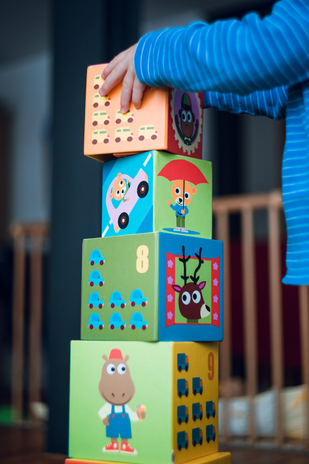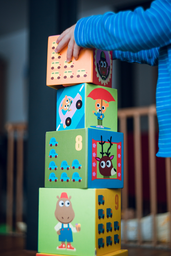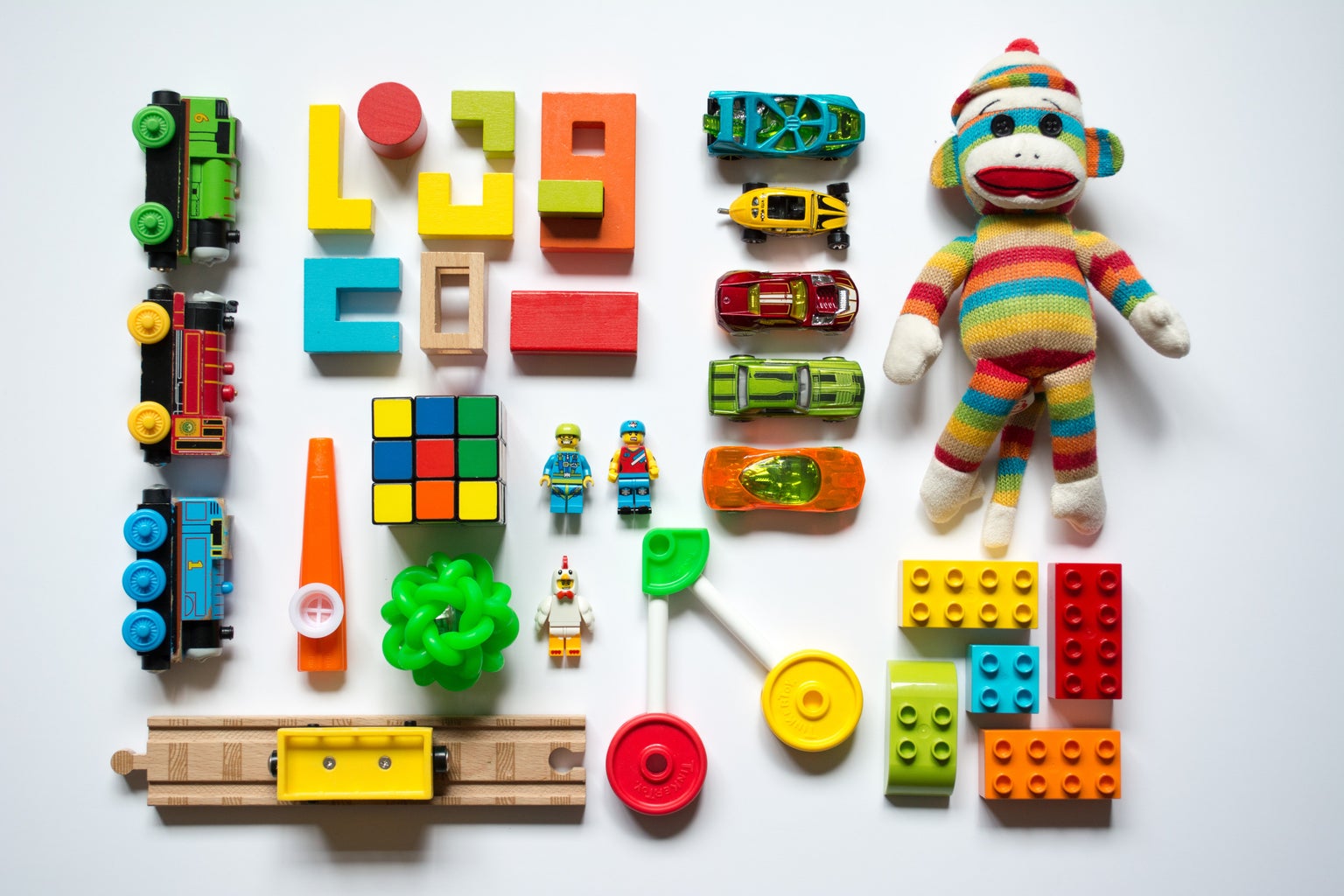As an avid writer, I love to share my creativity and writing passion with others; one way I like to do that is through teaching it. This is why I jumped at the opportunity to help lead writing workshops for elementary school kids as part of the Kenyon Review Associate’s Program.
Of course, filling out the volunteer form was only the first step. As the days led up to my first workshop, the reality of the situation began to set in. I remembered that I didn’t actually have a lot of experience talking to elementary-aged kids, let alone teaching them — the last time I was in an elementary school setting was when I was an elementary-schooler myself! I worried that I wouldn’t be able to connect with the kids and that they wouldn’t be able to connect with me.
It was comforting to know, however, that I wouldn’t be the only volunteer present, which meant that I could take the opportunity to learn from others who were more experienced than me and observe how to best connect with the kids. Now that I’ve completed my first workshop, here are some tips that I’ve gathered from my experiences on how to work effectively with younger kids.
Positive attention
It’s no secret that children will generally respond well to positive attention, but the importance of this really stood out to me in the workshop setting. Many kids were very shy when they first arrived, clinging to their parents and avoiding eye contact. We greeted them with smiles, offered them a place to sit, and some volunteers asked them questions about school or their interests. Once we got them talking about their favorite books and characters, their faces lit up.
Another way to give kids positive attention and help break them out of their shells is by actively listening to their contributions. Nodding, smiling, and making good eye contact as well as responding to what they’re saying with interest is a good way to help them feel that their presence and thoughts are valued, making them more inclined to participate. It’s also important to remember their names and use them when addressing them. One way we incorporated this into the workshop setting was by having the children decorate their own name tags with colorful pens and markers, as well as giving them a personal notebook to write their stories in.
Don’t be afraid to meet them at their level
A very effective way to bond with younger kids is by engaging with them at their level. In the workshop environment, I noticed that it was helpful to sit on the floor with the kids and participate in the writing activity with them, as well as designing and wearing our own name tags. This active engagement also makes it easier to make eye contact with the children when talking to them and helps you seem more like a “friend” than an authoritative figure, creating a non-intimidating atmosphere for the activity.
Remember when you were a kid
When I noticed how shy some of the kids were, I immediately remembered myself as a child and imagined myself being in similar situations and feeling the same way. That sort of empathy was what made me ask myself what I would have wanted an adult to say to me in such a situation, and it helped me to think about how I would best approach the kids moving forward.
Going forward, I’m happy to say that my experience volunteering was not as intimidating as I initially thought it would be, and I plan to keep doing it with these tips in mind.




